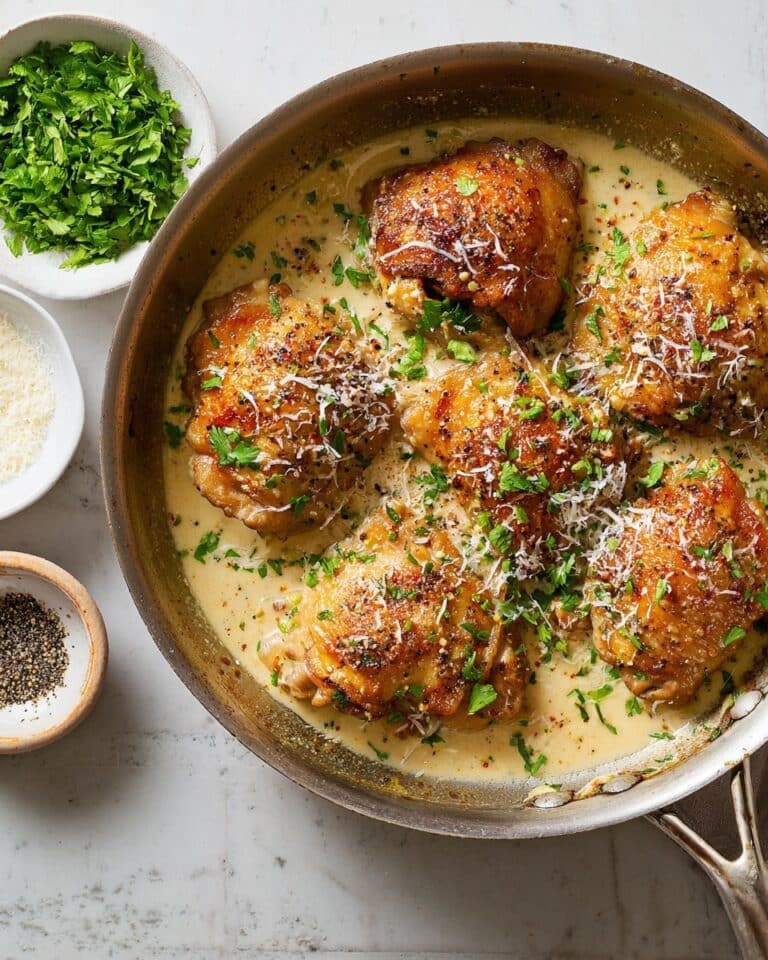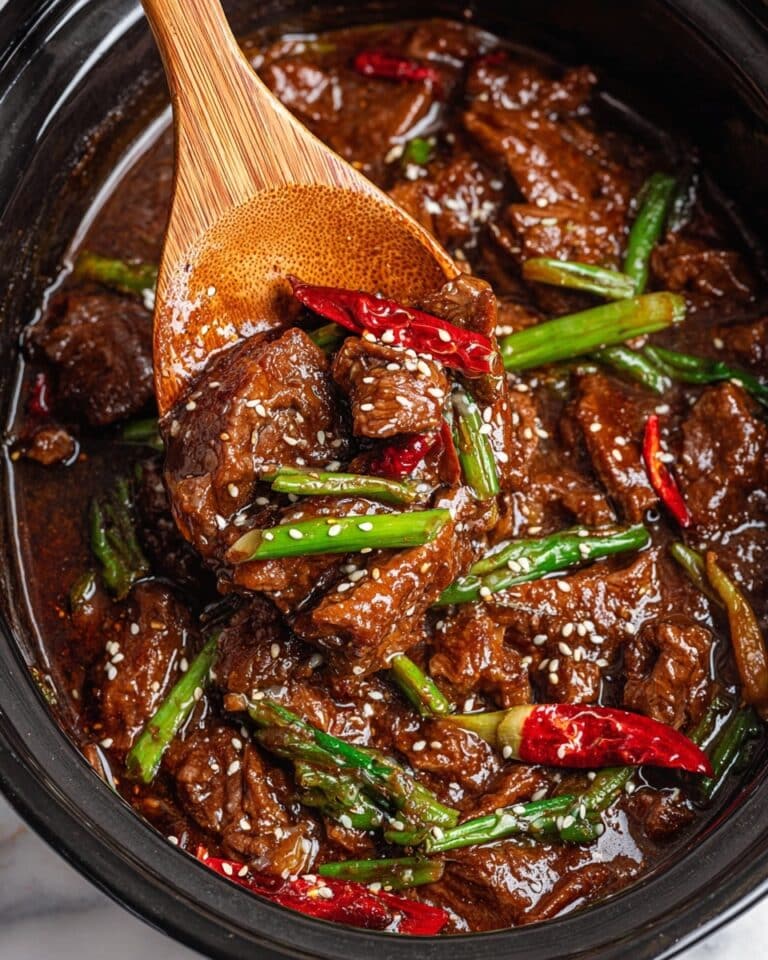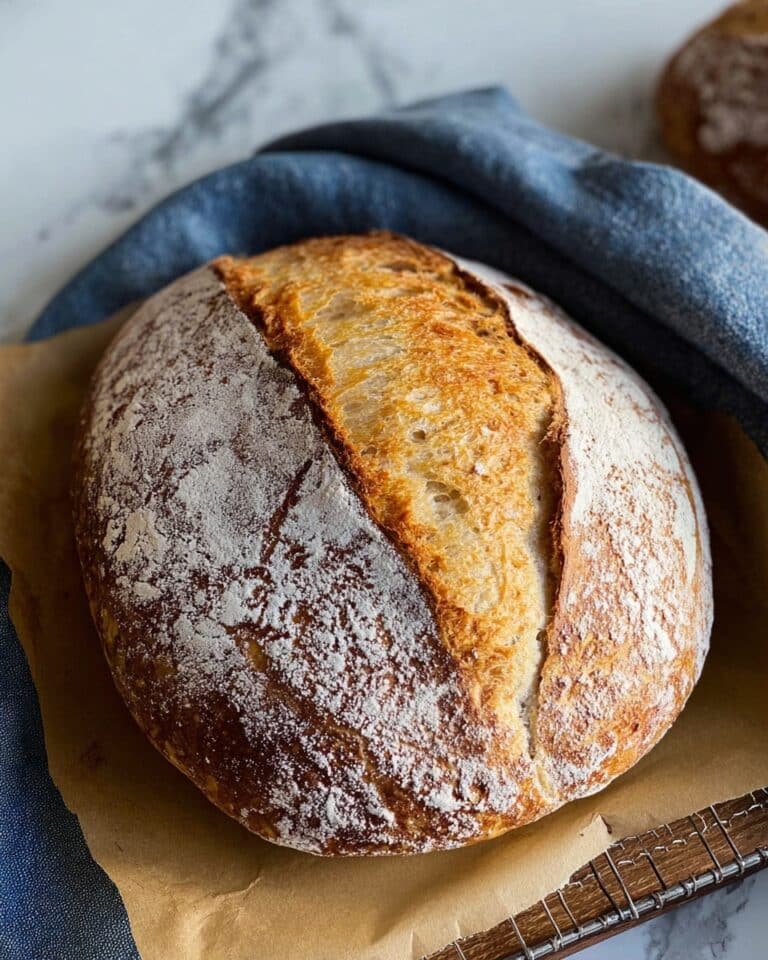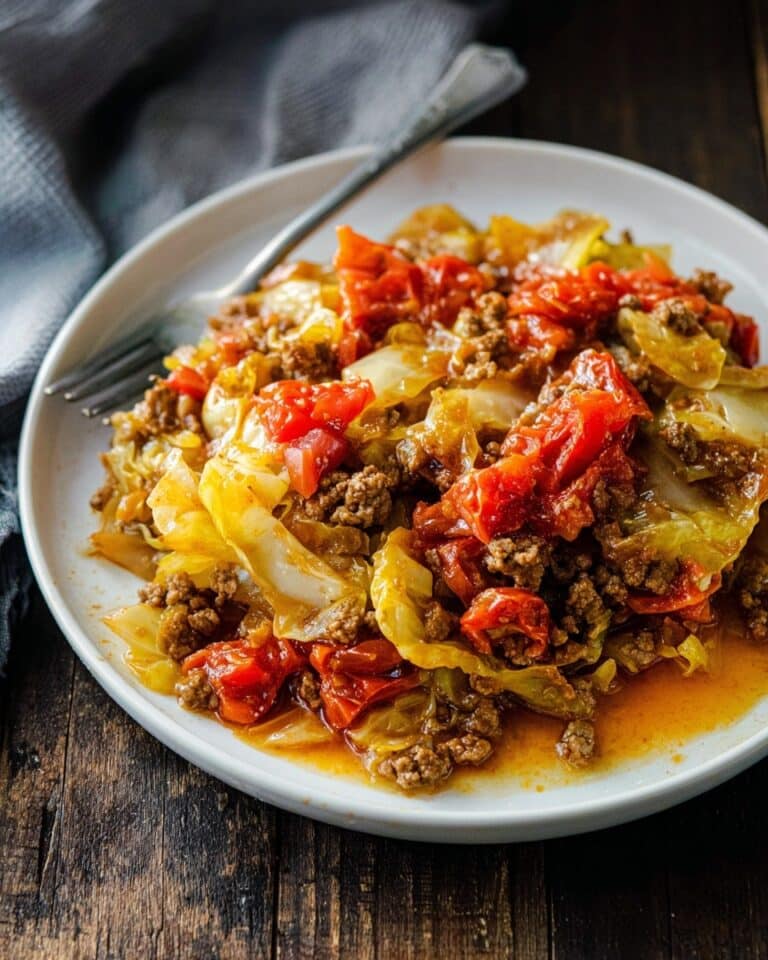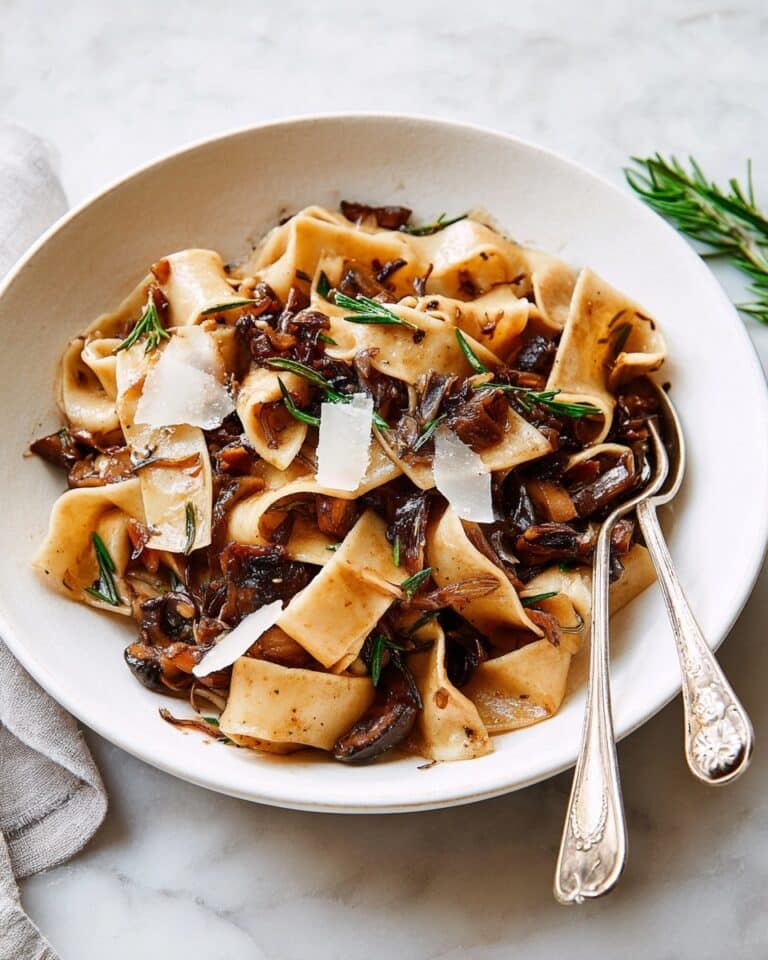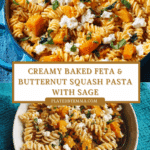Baked Feta and Butternut Squash Pasta with Sage and Garlic Recipe
The moment you dive into this Baked Feta and Butternut Squash Pasta with Sage and Garlic, you’ll be smitten by its warm, comforting flavors that feel like a big, cozy hug on a plate. This dish perfectly balances the sweetness of roasted butternut squash with the tangy creaminess of baked feta, uplifted by fragrant sage and the gentle kick of garlic. It’s an effortless yet impressive pasta that transforms humble ingredients into a memorable dinner everyone will rave about.
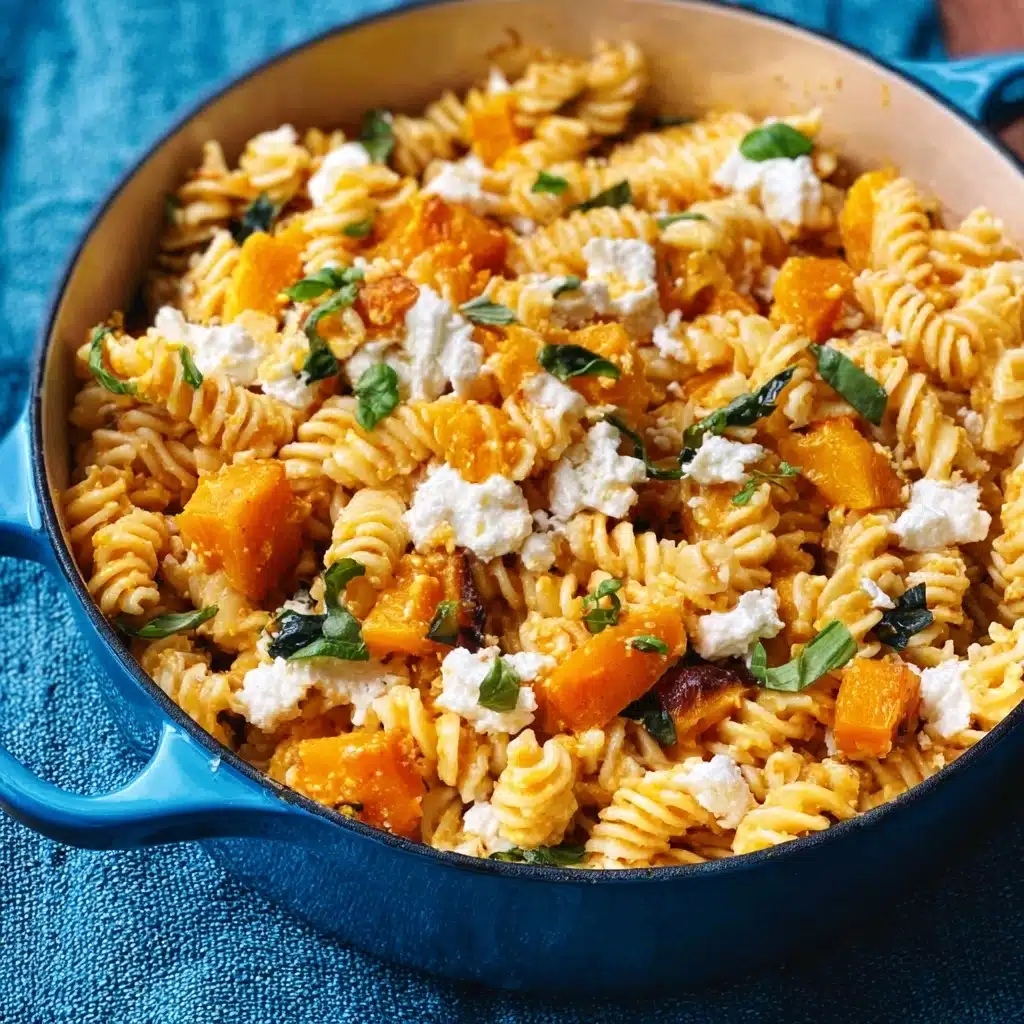
Ingredients You’ll Need
Every ingredient in this recipe plays a starring role. From the vibrant orange butternut squash adding sweetness and color, to the creamy feta that brings a salty richness, each component is simple but essential in building layers of flavor and texture that make this pasta truly special.
- Butternut Squash (5 cups, about 1 large): Roasting it softens its sweetness and brings a lovely caramelized depth to the dish.
- Olive Oil (1/2 cup plus more for drizzling): Adds silkiness and helps roast the squash and feta to golden perfection.
- Kosher Salt (2 hefty pinches): Enhances all the natural flavors without overpowering.
- Red Pepper Flakes (1 hefty pinch, optional): Gives just a hint of heat to contrast the sweet and creamy notes.
- Feta Cheese (1 8 oz block): When baked, it turns luscious and spreadable, enriching the pasta sauce.
- Pasta (1 lb, rotini, orzo, or ditalini): Provides the perfect base to hold the creamy sauce and roasted vegetables.
- Fresh Sage Leaves (10, minced): Imparts a fragrant, herbaceous warmth that pairs beautifully with the other flavors.
- Garlic (3 cloves, finely minced): Adds a punch of savory sharpness that awakens the palate.
- Hot Honey (1 tbsp, or regular honey): Offers a sweet heat that ties everything together for a balanced finish.
- Fresh Cracked Black Pepper: Provides a fresh, spicy kick that rounds out the seasoning.
How to Make Baked Feta and Butternut Squash Pasta with Sage and Garlic
Step 1: Roast the Butternut Squash and Feta
Start by preheating your oven to 400 degrees Fahrenheit. Toss the cubed butternut squash with olive oil, salt, and freshly cracked black pepper. Spread it out in a baking dish and nestle the whole block of feta cheese right in the center. Drizzle the feta with olive oil, sprinkle on red pepper flakes for a touch of heat, and add a few more cracks of pepper. Pop it in the oven and roast for 30 minutes. This step softens the squash and slowly melts the feta into a creamy, dreamy base.
Step 2: Brown the Feta
After 30 minutes, carefully shift the butternut squash around without disturbing the feta itself to prevent the squash from burning at the bottom. Increase the oven temperature to 450 degrees Fahrenheit and bake for an additional 5 to 10 minutes until the feta turns golden and slightly browned on top. This caramelization adds an irresistible depth of flavor and toasted texture.
Step 3: Cook the Pasta
While the squash and feta finish roasting, boil your pasta in plenty of salted water until al dente. Don’t forget to save about two cups of the starchy pasta water before draining—that precious liquid is the secret to creating a silky, cohesive sauce that binds everything together beautifully.
Step 4: Combine and Flavor
Once the feta is perfectly browned and out of the oven, immediately stir in the minced garlic, fresh sage leaves, and honey. The warm baking dish will gently infuse the sauce with fragrant herbal notes and a subtle sweetness. Add the cooked pasta along with one cup of the reserved pasta water and mix everything thoroughly. The sauce should start to look creamy and luscious.
Step 5: Adjust for Perfection
If the sauce feels too thick or dry, gradually add a little more pasta water until it reaches your perfect creamy consistency. Taste and season with extra salt, pepper, or even a bit more hot honey if you want to amp up those sweet and spicy flavors. This is your moment to customize the dish to your own preference.
How to Serve Baked Feta and Butternut Squash Pasta with Sage and Garlic
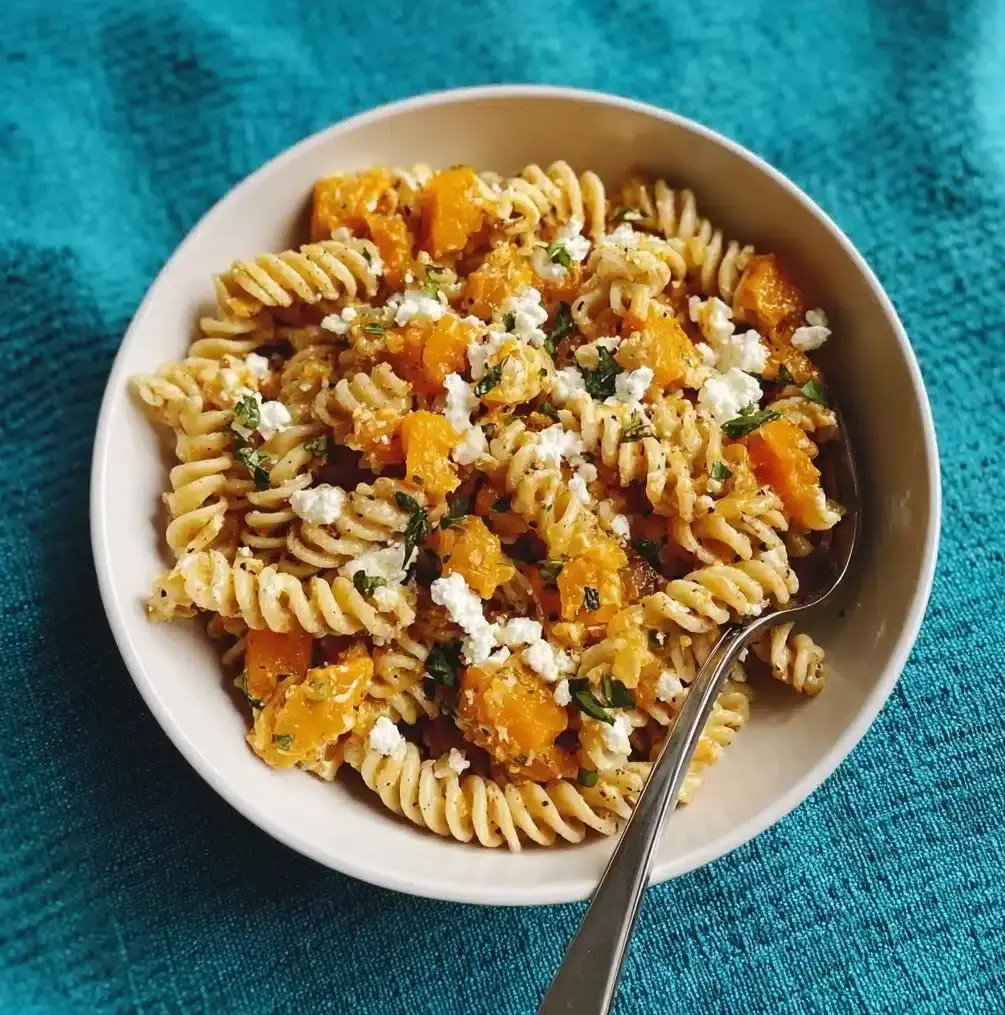
Garnishes
A scattering of fresh sage leaves adds a beautiful herbal aroma and visual pop, while a drizzle of good-quality olive oil gives the dish a glossy finish. If you enjoy a little crunch, toasted pine nuts or walnuts sprinkled on top introduce a pleasant textural contrast. A dash of extra red pepper flakes can elevate the heat too.
Side Dishes
This pasta is quite hearty on its own, but pairing it with a crisp green salad dressed in lemon vinaigrette perfectly balances the richness. For something extra cozy, roasted Brussels sprouts or sautéed kale with garlic make wonderful companions that echo the garlic and sage notes in the pasta.
Creative Ways to Present
For an elegant dinner party, serve the pasta directly in the baking dish to showcase the baked feta block nestled among the golden squash cubes. Alternatively, plate it neatly twirled with a garnish of fresh sage and a sprinkle of flaky sea salt for a restaurant-worthy presentation that will impress your guests.
Make Ahead and Storage
Storing Leftovers
Let the pasta cool completely before transferring to an airtight container. It will keep well in the refrigerator for up to 3 days. The flavors tend to deepen and develop even more after resting, making leftovers especially delicious.
Freezing
This pasta can be frozen in airtight containers for up to two months. However, for the best texture, it’s recommended to freeze before adding pasta water to avoid the pasta becoming too soft after thawing. Reheat gently later and refresh the sauce by stirring in a little warm water or broth.
Reheating
Reheat leftovers gently over low heat in a skillet or in the microwave, stirring frequently. Adding a splash of water or olive oil helps revive the creamy sauce and prevents the feta from drying out. Garnish freshly before serving to bring back that just-made brightness.
FAQs
Can I use a different type of cheese instead of feta?
Feta’s crumbly texture and tangy flavor are key to this recipe, but if you can’t find it, try halloumi or goat cheese for a similar creamy, salty pop. Avoid cheeses that melt too smoothly, as the contrast with the roasted squash is important.
Is it necessary to use fresh sage?
Fresh sage adds a wonderful fragrance and brightness, but if you only have dried sage, use it sparingly since its flavor is more concentrated. Fresh is definitely recommended for the best aromatic effect.
Can I make this dish vegan or dairy-free?
You can swap the feta for a creamy plant-based cheese or use a mixture of roasted tofu and nutritional yeast for richness. The roasted butternut squash with garlic and sage still delivers beautiful flavors on its own.
What pasta shape works best for this recipe?
Short, curly pasta like rotini, or small shapes like orzo or ditalini are ideal because they catch the creamy sauce and bits of roasted squash perfectly.
How spicy is this dish?
The heat comes from the red pepper flakes and hot honey, which you can adjust to your liking. Feel free to omit or reduce these if you prefer a milder flavor profile.
Final Thoughts
Trust me, this Baked Feta and Butternut Squash Pasta with Sage and Garlic is such a joyful and satisfying meal to make and share. It’s got that cozy, rustic vibe with a gourmet twist that never fails to impress. Whether it’s a weeknight dinner or an occasion to treat yourself, give it a try and watch how quickly it becomes a beloved favorite in your recipe collection!
PrintBaked Feta and Butternut Squash Pasta with Sage and Garlic Recipe
A comforting and flavorful baked feta and butternut squash pasta dish infused with fresh sage, garlic, and a touch of hot honey. This recipe combines roasted butternut squash and creamy feta baked to golden perfection, tossed with al dente pasta and fresh herbs for a delightful fall-inspired meal.
- Prep Time: 10 minutes
- Cook Time: 40 minutes
- Total Time: 50 minutes
- Yield: 6 servings 1x
- Category: Main Course
- Method: Baking, Boiling
- Cuisine: Mediterranean
- Diet: Vegetarian
Ingredients
Roasted Butternut Squash and Feta
- 5 cups Butternut Squash (about 1 large butternut squash)
- 1/2 cup Olive Oil (plus more for drizzling)
- 2 hefty pinches Kosher Salt (just shy of 1/2 tsp)
- 1 hefty pinch Red Pepper Flakes (optional)
- 1 8 oz block Feta Cheese
- Fresh Cracked Black Pepper (to taste)
Pasta and Seasonings
- 1 lb Pasta (such as rotini, orzo, or ditalini)
- 10 leaves Fresh Sage (minced)
- 3 cloves Garlic (finely minced)
- 1 tbsp Hot Honey (regular honey can be used too)
Instructions
- Preheat Oven: Preheat your oven to 400°F (204°C) to prepare for roasting the squash and baking the feta.
- Prepare Squash and Feta: Toss the butternut squash with olive oil, 2 hefty pinches of kosher salt, and fresh cracked black pepper. Place the squash in a baking dish and nestle the block of feta cheese in the center. Drizzle the feta with a little olive oil, sprinkle red pepper flakes if using, and add additional cracked black pepper.
- First Bake: Bake the squash and feta dish at 400°F for 30 minutes to roast the squash and soften the feta.
- Increase Heat and Continue Baking: Remove the dish from the oven, gently stir the squash to prevent burning on the bottom but avoid moving the feta block. Increase oven temperature to 450°F (232°C) and bake another 5-10 minutes until the feta is slightly browned on top.
- Cook Pasta: While the feta and squash finish baking, boil 1 lb of your chosen pasta in salted water until al dente. Drain the pasta, reserving 2 cups of the pasta cooking water for the sauce.
- Combine Ingredients: Remove the baking dish from the oven and immediately stir in the minced garlic, minced fresh sage leaves, and hot honey. Add the cooked pasta and 1 cup of reserved pasta water, stirring to combine into a creamy sauce.
- Adjust Consistency and Season: If the pasta looks dry, gradually add more reserved pasta water to achieve a creamy and smooth sauce. Season the dish with additional salt, black pepper, and hot honey to taste. Serve warm.
Notes
- You can substitute regular honey if you don’t have hot honey, though it will reduce the spicy kick.
- Select pasta shapes like rotini, orzo, or ditalini to best capture the sauce and chunks of squash.
- Fresh sage adds a beautiful herbaceous note, but dried sage can be used in a pinch (reduce the quantity).
- Reserved pasta water is key for creating a creamy sauce without adding cream.
- Adjust red pepper flakes and hot honey according to your preferred spice level.
Nutrition
- Serving Size: 1 cup
- Calories: 420 kcal
- Sugar: 6 g
- Sodium: 650 mg
- Fat: 18 g
- Saturated Fat: 7 g
- Unsaturated Fat: 10 g
- Trans Fat: 0 g
- Carbohydrates: 50 g
- Fiber: 5 g
- Protein: 14 g
- Cholesterol: 25 mg
Keywords: baked feta pasta, butternut squash pasta, sage pasta recipe, garlic pasta, roasted squash pasta, Mediterranean vegetarian pasta


